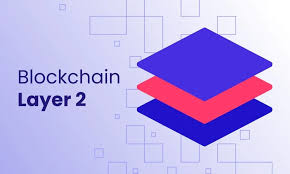What’s a Layer 2 Blockchain?

blockchain layer 2
The crypto world moves fast — and lately, “Layer 2” has become one of the biggest buzzwords in the space. But what exactly are Layer 2 blockchains, and why are they suddenly everywhere?
What Are Layer 2s?
Simply put, Layer 2 blockchains are networks built on top of existing blockchains (like Ethereum) to handle transactions more efficiently.
They aim to solve one of crypto’s oldest problems — scalability — by moving most transactions off the main chain while keeping the same security guarantees.
Popular examples include:
- Arbitrum
- Optimism
- Base
- zkSync
- Starknet
Each has its own approach, but the goal is the same: make crypto faster and cheaper.
Why They Matter
In 2021, gas fees on Ethereum hit painful levels. For small users, sending a $10 transaction could cost $30 in fees.
Layer 2s fix that — by processing thousands of transactions off-chain, then batching them back to Ethereum for final settlement.
That means:
- Lower fees 💰
- Faster transactions ⚡
- Same Ethereum-level security 🔒
Real-World Impact
Projects like Uniswap and Aave now run on Layer 2 networks, giving users near-instant transactions with minimal gas.
Even Coinbase launched Base, its own Layer 2 built on the OP Stack, to onboard millions of new Web3 users.
The Future of Layer 2
The rise of Layer 2s might signal a future where Ethereum acts more like a settlement layer — a secure base while most activity happens on these faster networks.
If that happens, Layer 2s could become the real engines of Web3 adoption.
Final Thoughts
Whether you’re an investor or a curious beginner, it’s worth keeping an eye on this space.
As more projects migrate to Layer 2, the next wave of Web3 innovation might just be happening off-chain.